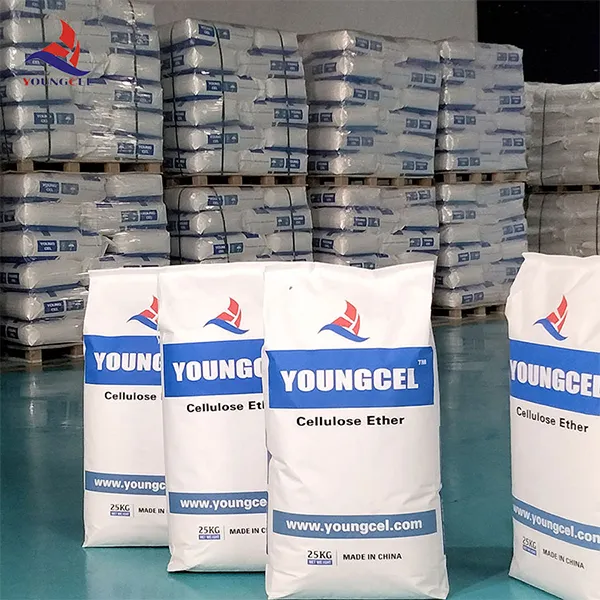Building Coating Adhesives The Role of HPMC
In the construction industry, the choice of materials and adhesives is paramount for ensuring durability and effectiveness. Among various chemical additives used in building coatings, Hydroxypropyl Methylcellulose (HPMC) has emerged as a vital component in enhancing adhesive performance. This article explores the significance of HPMC in building coating adhesives, its properties, and the benefits it brings to construction projects.
Understanding HPMC
HPMC is a cellulose ether derived from natural cellulose, which is modified to enhance its solubility and adhesive properties. Characterized by its white powder form, HPMC is non-toxic, biodegradable, and has high water retention, making it particularly suitable for building materials. Its ability to form a colloidal solution in water makes it a versatile ingredient in various construction applications.
The Importance of Adhesives in Building Coatings
Adhesives play a critical role in the adhesion of coatings to substrates. Effective adhesion ensures that paints, plaster, and other coatings remain intact over time, providing aesthetic appeal while protecting the underlying materials from weathering and damage. The high-performance adhesives enhance the overall quality of the construction, improving resistance to cracking, peeling, and environmental degradation.
HPMC’s Role in Building Coating Adhesives
building coating adhesive hpmc

1. Improved Workability One of the primary benefits of incorporating HPMC into building coating adhesives is the improvement in application workability. HPMC enhances the viscosity and thixotropic properties of adhesives, allowing for easier handling and application by construction workers. This property is particularly important for spray applications and brushability, enabling a smooth and even application on surfaces.
2. Enhanced Water Retention HPMC possesses excellent water retention capabilities, which is crucial for building coatings. Adequate water retention ensures that adhesives maintain moisture during the curing process, allowing for better bonding between the adhesive and the substrate. This is especially beneficial in environments with high evaporation rates or in applications where rapid drying could compromise adhesion.
3. Improved Adhesion Properties The unique structure of HPMC contributes to its ability to form strong bonds with both organic and inorganic substrates. This versatility makes it an ideal additive in various types of building coatings, including cement-based products, tile adhesives, and wall putties. The result is a more durable and reliable adhesive performance that meets the rigorous demands of modern construction.
4. Resistance to Cracking and Peeling HPMC’s inherent flexibility and elasticity can effectively counteract the stresses placed on building coatings. When used in adhesives, HPMC helps reduce the risk of cracking and peeling, particularly in environments subject to temperature fluctuations or vibrations. This property is essential for maintaining the integrity of the coating over time.
5. Environmental Benefits In the face of increasing environmental concerns, HPMC stands out as a sustainable additive. It is derived from natural cellulose and is biodegradable, aligning with the green building movement. Using HPMC in building coatings can help architects and builders achieve sustainable construction goals while reducing their environmental footprint.
Conclusion
As the construction industry continues to evolve, the demand for high-performance materials remains strong. Hydroxypropyl Methylcellulose (HPMC) plays a crucial role in enhancing building coating adhesives, providing improved workability, water retention, adhesion properties, and resistance to environmental factors. By incorporating HPMC into construction projects, builders and contractors can ensure the longevity and durability of their work, thus contributing to safer and more sustainable buildings. The integration of HPMC not only optimizes performance but also supports the ongoing shift towards environmentally friendly construction practices.
-
Rdp Powder: Key Considerations for Wholesalers in the Building Materials IndustryNewsJul.08,2025
-
Key Considerations for Wholesalers: Navigating the World of Hpmc - Based ProductsNewsJul.08,2025
-
Hpmc Detergent: Key Considerations for WholesalersNewsJul.08,2025
-
Key Considerations for Wholesalers: China Hpmc For Tile Adhesive, Coating Additives, Concrete Additives, and MoreNewsJul.08,2025
-
Crucial Considerations for Wholesalers: Navigating the World of Construction MaterialsNewsJul.08,2025
-
Key Considerations for Wholesalers Sourcing Additive For Cement, Additive For Concrete, Additive For Putty from Additive Manufacturer Shijiazhuang Gaocheng District Yongfeng Cellulose Co., Ltd.NewsJul.08,2025




